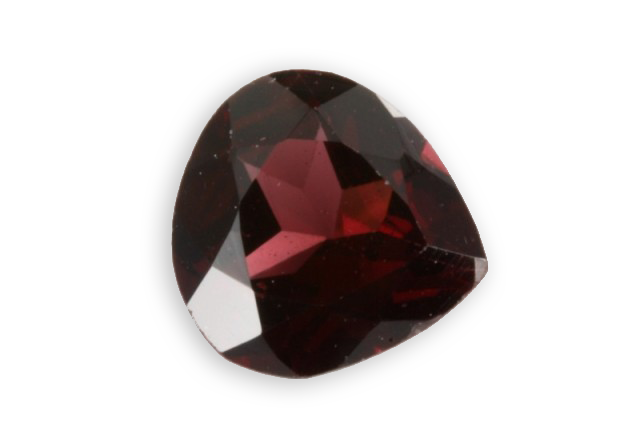
Leo
Je vous emmène à travers mes vidéos découvrir mon expérience acquise depuis plus de 30 ans a silloner le globe entier à la recherche de pierres précieuses, de rencontre mémorables mais aussi de difficulté parfois …
actualités
Categories



amblygonite
The German mineralogist Breithaupt described and identified it in 1817. Its name comes from the angle formed at its cleavage, in Greek “Amblus” meaning “obtuse” and “Gonia” which means “angle”, as opposed to scapolite with which it was often confused. It forms a continuous series

almandite
It is the most well-known and widely distributed garne, named after its locality Alabandicus or Alabanda, a town in Asia Minor, currently in Turkey.Since Antiquity Pliny the Elder used to qualified it as gem. It was once known as carbuncle, an archaic name given to

agate
This is a quartz, more exactly a transluscent chalcedony (itself a variety of cryptocrystalline quartz) which shows concentric bands sometimes containing opale. Comes in many colors, banded, forming concentric bands, more or less circular up to oval. Their formation is so far discuted : or



